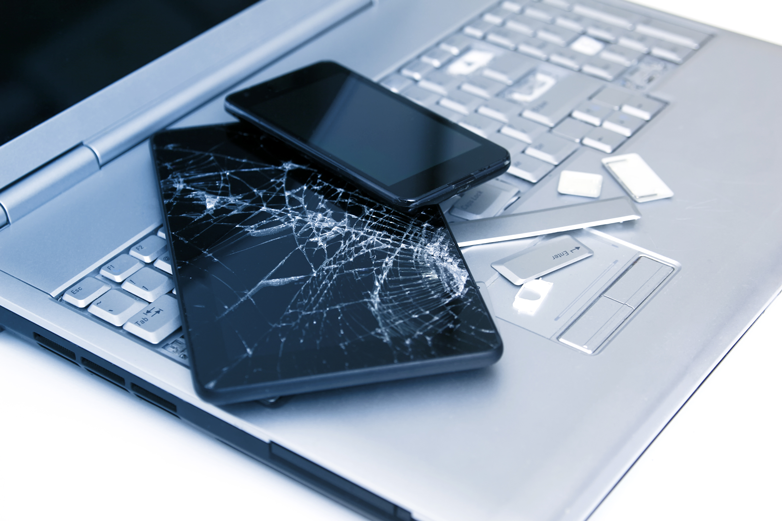Knowing how to get photos off a broken phone or computer is an important skill.
For many people, having access to a powerful camera has never been easier than the ones found in cell phones. Some people might even choose a specific phone because of the camera upgrades and quality it might have over their current one. This, along with many photo-sharing platforms, has paved the way for many to pursue their photography ambitions. But even as phones continue to advance each year, they are not impervious to damage, and the likelihood of losing all of the saved photos in your camera roll is very real.
Thankfully, there are a few ways you can rest easy knowing that not all hope is lost and it is possible to retrieve those sphotos from a phone or computer. Today we will be sharing various tips on how to get pictures off a broken phone or PC.

Manually Backing Up
This is usually done by connecting your device through a USB cable, often the same one you use to charge your phone with, and moving them into a folder on a PC. You can also take another step and have a dedicated external storage for photos in order to save space on your personal computer, especially if you have a lot of photos you plan to back up routinely. The external storage also eliminates the chance of losing them on your computer if something were to happen.
Removable Memory & Bluetooth
Just like a memory card found in professional cameras, some phones also have removable memory as well, though this has begun to disappear over the last few years. They often come in the form of a microSD card– a very tiny card that pops out of an insert on the side of compatible phones. All photos and videos on your phone can be stored on it and from it can be connected and downloaded to your computer for safekeeping.
Cloud-Based Services
The most convenient and reliable way of backing up and getting pictures from a broken phone or computer nowadays is through cloud or online syncing services. This has become standard for most smartphone devices like Apple iPhones or Google Androids. Generally speaking, a default amount of limited storage is included for free with these phones and services. The online cloud storage is compatible with multiple devices such as tablets, PCs, and other smartphones. It’s also important to note that cloud storage can store more than photos and videos; it can store documents, emails, programs, etc.
Most devices that are attached to cloud services can be set to automatically back up your files and save them in a secure digital space. This is all done in the background every time you take a photo or write something in your notes app and can be accessed from any of your synced devices at any given time.
Some of these services are already built-in with your phone’s manufacturer, but other third-party services exist and can do the same thing as well. Microsoft OneDrive, Apple iCloud, Google Drive, and Dropbox are programs that can sync files from your device(s) to their online storage, and from there you can access them from any device you are logged into.
Alongside your phone’s primary cloud service, additional memory from any service will come with a price, resulting in a monthly subscription. Some can go as high as 2 TB (terabytes) and depending on your photo usage, may or may not ever be used up to the fullest. Even with a subscription, the peace of mind knowing the images on your phone are stored safe and securely in one place can be well worth the price.
Data Recovery Software
Gone are the days where a broken device results in tragically losing photos and other important files. As technology advances, learning how to get pictures off a broken phone, PC, or other device becomes easier and more convenient. So remember, with today’s backup technology and recovery options, there will always be a way to recover your items.








